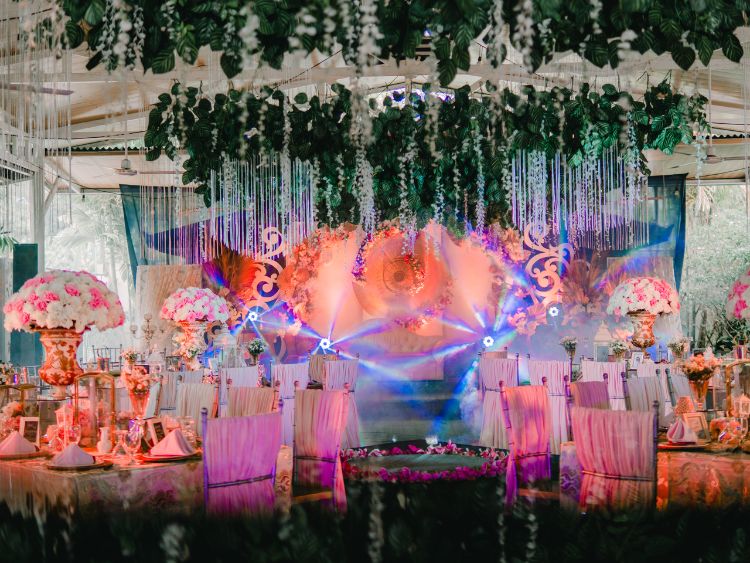What Does a Formal Dress Code Really Mean?
First impressions matter, and when it comes to formal events, your attire speaks volumes before you even utter a word. But what exactly does “formal dress code” entail? Is it all about black-tie suits and evening gowns, or is there more to it?
Let’s unravel the nuances of dressing formally, explore its significance, and break down its elements. Whether you’re gearing up for a gala, a corporate event, or even a wedding, understanding the formal dress code ensures you never feel out of place.
What Is a Formal Dress Code?
At its core, a formal dress code represents polished and sophisticated attire appropriate for upscale events. It’s often associated with traditional elegance, combining meticulous tailoring with timeless fashion staples. Here’s a quick breakdown:
- For men: Think tuxedos, formal suits, polished shoes, and neatly tied neckwear.
- For women: Long evening gowns, cocktail dresses, or tailored suits with understated accessories.
A formal dress code isn’t just about looking good—it’s a nod to respect, tradition, and the occasion’s gravity.
Key Elements of a Formal Dress Code
To pull off a formal look, you need to focus on certain staples. Below, we dive into the essential components of formal attire for both men and women.
1. For Men: Classic and Timeless
Men’s formal wear often follows a more rigid structure, but it leaves room for subtle personalization.
- Tuxedo vs. Suit:
- A tuxedo is the gold standard for black-tie events. It features satin lapels and satin stripes on trousers.
- Formal suits are versatile and ideal for events labeled “formal but not black-tie.”
- Shirts and Ties:
- Stick to crisp white shirts with a wingtip or spread collar.
- Bow ties complement tuxedos, while silk ties suit formal business events.
- Accessories Matter:
- Cufflinks, pocket squares, and a polished wristwatch elevate your attire.
- Formal leather shoes, preferably Oxford or derby styles, complete the look.
2. For Women: Grace and Elegance
Formal attire for women provides more flexibility but demands equal attention to detail.
- Evening Gowns: Long, flowing gowns are perfect for black-tie events. Dark, jewel tones exude elegance.
- Cocktail Dresses: Shorter dresses can work for less formal occasions but should be modest and structured.
- Tailored Suits: For a modern twist, opt for a tailored pantsuit with clean lines and luxurious fabrics.
- Accessories:
- Subtle jewelry, such as pearl earrings or diamond studs, keeps the focus on your outfit.
- Heels, preferably closed-toe, add a refined touch.
Types of Formal Dress Codes
Navigating formal events can get tricky when different invitations specify varying degrees of formality. Let’s break down the most common categories:
1. White-Tie
The epitome of formality, white-tie events demand the grandest attire.
- For Men: Tailcoats, white bow ties, and patent leather shoes.
- For Women: Full-length ball gowns, often accompanied by gloves.
2. Black-Tie
Slightly less formal than white-tie, black-tie is still an upscale standard.
- For Men: Tuxedos with black bow ties.
- For Women: Evening gowns or sophisticated cocktail dresses.
3. Black-Tie Optional
This dress code gives you a bit of wiggle room.
- For Men: Formal suits with ties or tuxedos if you prefer.
- For Women: Gowns, cocktail dresses, or tailored pantsuits.
4. Formal Business
Reserved for corporate settings, this style blends professionalism with elegance.
- For Men: Dark suits, conservative ties, and leather shoes.
- For Women: Tailored dresses or suits with simple accessories.
Formal Dress Code Tips: Dos and Don’ts
Dos:
✔ Stick to classic cuts and high-quality fabrics.
✔ Make sure your outfit is tailored to fit perfectly.
✔ Keep accessories minimal and tasteful.
✔ Follow the event’s invitation guidelines closely.
Don’ts:
✘ Avoid loud patterns, bright colors, or casual fabrics.
✘ Don’t wear sneakers, sandals, or overly flashy accessories.
✘ Skip the perfume or cologne overload—it’s a formal event, not a nightclub.
Why Does a Formal Dress Code Matter?
A formal dress code is more than a set of rules—it’s about honoring the event’s tone and purpose. Dressing appropriately:
- Shows Respect: It reflects your acknowledgment of the host’s effort and the event’s significance.
- Boosts Confidence: Knowing you’re dressed for the occasion can enhance your self-esteem.
- Creates Positive Impressions: Proper attire can help you make connections and leave lasting impressions.
FAQs About the Formal Dress Code
1. What’s the difference between formal and semi-formal attire?
Formal attire is more structured and elegant, often involving tuxedos and gowns. Semi-formal is less rigid, with options like dressy suits or cocktail dresses.
2. Can I wear a dark suit to a black-tie event?
While tuxedos are preferred, a dark, well-fitted suit can work for black-tie optional events.
3. Are jumpsuits acceptable for women at formal events?
Yes, as long as the jumpsuit is tailored and made of high-quality material.
4. What fabrics are ideal for formal wear?
Silk, velvet, satin, and fine wool are perfect choices for formal occasions.
5. How can I personalize my formal attire?
Add a pocket square, unique cufflinks, or a statement necklace for subtle flair.
Conclusion: Dress to Impress
Mastering the formal dress code isn’t just about adhering to tradition—it’s about showcasing your respect, style, and sophistication. By understanding the nuances and following the guidelines above, you’ll always step into formal events with confidence and poise.

